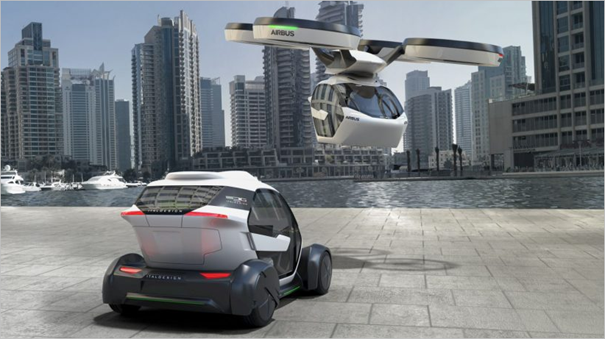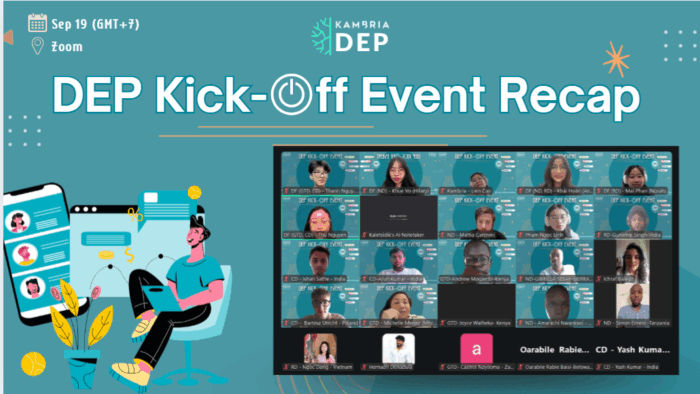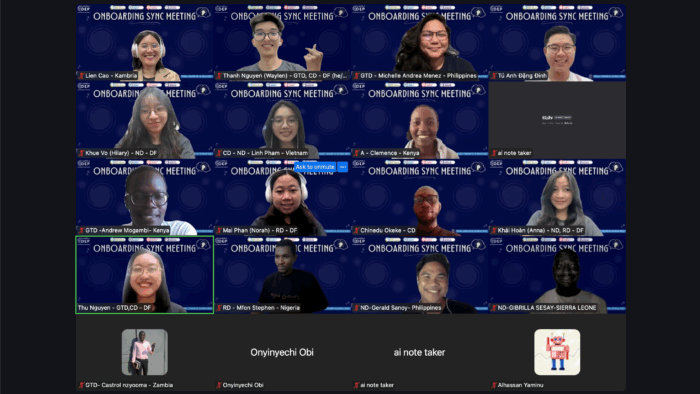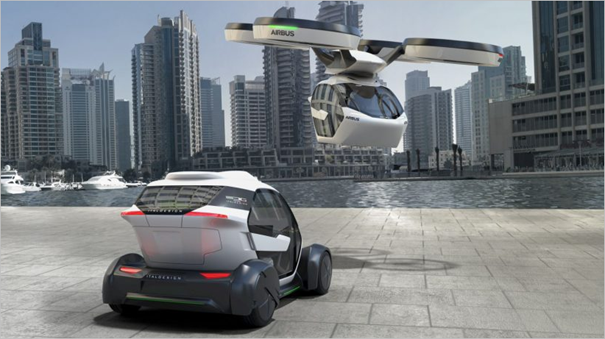
The tech industry is rapidly growing into a multi-trillion dollar industry. New innovation & technology startups that obtain the Unicorn status are increasing at a rapid pace, just check out UBTech Robotics, Automation Anywhere and SenseTime. For a company to achieve the unicorn-status, a startup needs to be privately held and be worth the equivalent of at least $ 1 billion U.S. Dollars.
Together with the AI and robotics industry, the technical innovation in the transportation sector will see a massive influx in the coming years. There’s a big chance the world is going to see autonomous vehicles take-off in the next 5 to 10 years. Another sector that will be disrupted by innovative new technologies, which might even trigger technological singularity, is the robotics and AI industry.
Pop.Up Flying Car solution by Airbus
Airbus in cooperation with Audi and Italdesign came up with a solution to the cities’ traffic congestion issue. The Pop.up NEXT is a modular system that will be comprised of several features to enable either ground or air transportation. The base of the Pop.Up is a two-seater Smart Car called the passenger capsule. With the wheels attached the vehicle functions as a car, but without the wheels and with the flying module attached, it can also act as a drone, making it a passenger helicopter. To watch a video of the Pop.Up Next, click the link below:
According to Audi’s board member and president of Italdesign, Bernd Martens, ‘Pop.Up Next is an ambitious vision that could permanently change our urban life in the future’.
Because of its modular system, the pop.up flying car can even be transported on the Hyperloop One in the future. Which brings us to the next technical innovation, Virgin’s Hyperloop One.
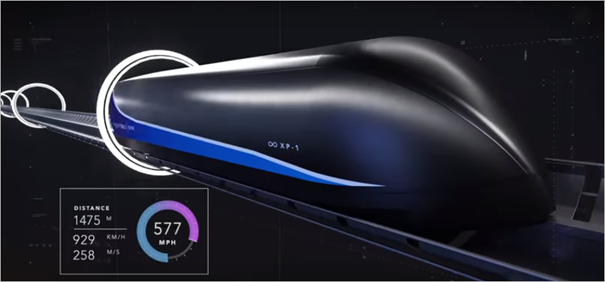
Hyperloop One by Virgin
Ever since Elon Musk published the whitepaper ‘Hyperloop Alpha’ in 2013, various development teams have been working on this idea and already made a massive progress in implementing the idea in the real world. A team of developers have started the transportation technology company Hyperloop One in 2014 and have since rebranded to Virgin Hyperloop One, referring to the company of Sir Richard Branson. Virgin Hyperloop one is the fastest land transportation ever. The Hyperloop is 2-to-3 times faster than the fastest high-speed rail. The estimated top speed of the Hyperloop is 670 miles per hour (1080 Kilometers per hour). The Hyperloop is energy-agnostic and will pick up any kind of energy along its route. This could be solar or wind energy, whichever is available.
Hyperloop aims to launch its product somewhere in 2020, depending on the progress of regulatory approval. The ticket price for a ride on the superfast transportation hub will be difficult to project, but the team aims to make it affordable for everyone. Around the world, other development teams are also working on Hyperloop technology implementations, like TU Delft’s Hyperloop and Hyperloop India.
AIST’s Construction Worker Humanoid Robot
Japan’s National Institute of Advanced Industrial Science and Technology(AIST) has recently shown the world a video of one of their Humanoid Robots applying drywall. The video can be viewed by following this link:
Some first world countries are having issues filling job openings that require applicants to perform heavy-duty manual labor. These humanoid robots can become a solution to this problem in the future. They do need some additional tuning as they are currently slow and cannot maneuver flawlessly yet, but I must say I was impressed with the work they did so far.
A Humanoid Contractor robot isn’t the only robot that appeared, there are also hamburger-baking robots, and we have Sophia, the first Humanoid Robot that also has her own Passport as a Saudi Arabian citizen.
Notable mentions
Lightyear One, founded by solar challenge winner 2012 Team Eindhoven, is building a car that fully runs on solar energy. Lightyear’s mission is to bring clean and affordable mobility to everyone. Its initial price will be 119,000 EUR excluding taxes. The first 10 cars are projected to be delivered in early 2020. Another 100 cars will be manufactured and delivered later that year. UBTECH is a Chinese unicorn startup that already created and manufactures various robots. They also provide programming and building kits for kids. They have established partnerships with Tencent, Disney, and other high-profile companies. Together with Disney, they manufactured the Star Wars Stormtrooper robot.
While most companies are working in a closed environment and are keeping their ideas to themselves, there is one project that aims to create an open source environment for industry professionals, like developers in the robotics and AI industry to share their knowledge and inventions and be rewarded for that in cryptocurrency tokens. That project is called Kambria.

Kambria
As a spin-off from the parent company and Telepresence robot manufacturer OhmniLabs, Kambria aims to develop and launch a blockchain platform that allows AI and Robotics industry professionals to develop faster, cheaper and easier. The OhmniLabs team found that during their research and development (R&D) phase in creating their Telepresence robot Ohmni, they did a lot of work that had already been done before by other companies. After establishing their company, they decided to launch Kambria to solve the industry’s waste and inefficiency problems.
By building their own open innovation platform, Kambria aims to accelerate the development of AI and robotics. The project centers around the Kambria codebase, called K-DNA, in which everything and everyone comes together. K-DNA is the modular language that enables different parts of the database to be combined and made into a specific robot or robotics part. The KDNA will contain the hardware, firmware, software and AI needed to build a robot. Surrounding the K-DNA codebase will be the manufacturing alliance (KMA), the innovation marketplace, the legal protection, and the value capture.
The KAT token is Kambria’s native token which is an ERC20 utility token. KAT will be the fuel that runs the Kambria ecosystem because it can be used to pay for platform access, set up a crowdfunding campaign, get paid for participating in an assignment and many other things.
Kambria is collaborating with top global universities like Stanford, Central Michigan University, and Nanyang Technological University. This type of collaboration can make a substantial difference, as a large part of the technological innovation are created through university research. Universities often struggle to obtain funds for research purposes. Tokenization might just be the key to support Universities in participating in Kambria’s marketplace assignments or crowdfunding campaigns.
To learn more about Kambria, you can read my previous article about it through the link below:
https://hackernoon.com/kambria-disrupting-the-robotics-industry-a-project-overview-3d2c97dd8b58
Visit the Kambria website: https://kambria.io/
Read their whitepaper: https://kambria.io/Kambria_White_Paper_v2_20180615.pdf
Concluding remarks
Whether you like it or not, innovative new technological devices will continue to be implemented in our daily lives. Some will make a big difference and help us solve real-world problems, while others are just luxury items that are not really necessary and will probably only be accessible to the rich and famous.
Urbanization has been accelerating for some years now, resulting in more and more congestions in our transportation systems. Not only traveling by car can be a hassle, but public transportation also tends to get overcrowded at peak times. In some cities, like Amsterdam for instance, even riding a bike becomes too crowded which leads to dangerous situations. A solution to the problem can be found in innovative technology such as a tube system like the Hyperloop or by initiating air transportation with personal drones.
What can help the development of the technology innovation industry the most is more collaboration between companies to solve the waste and inefficiency. They should share their ideas and innovations because it makes more sense to work together instead of individually. In my opinion, this is much more productive. Kambria found a way to make this work and also for developers to get incentivized for the work they do in contributing to a project or innovation. I truly feel that Kambria could be a game-changing project.
Disclaimer: This article is not intended as investment advice. You should always do your own research. All the information provided in this article is based on my own personal opinion. Kambria incentivizes me for writing this article but they support me in ventilating my own personal opinion.
Subscribe to my channels Steemit, Medium and Twitter if you like my articles and would like to be informed about Blockchain, cryptocurrency projects and news. You can also read my articles on LinkedIn.
If you have any questions about this article, please comment in the comment section below. Thank you!
LindaCrypto
